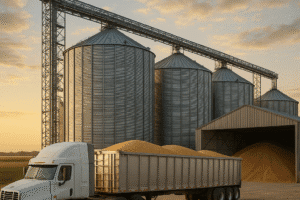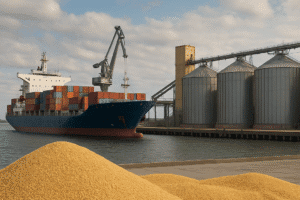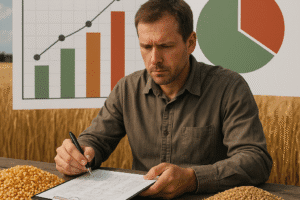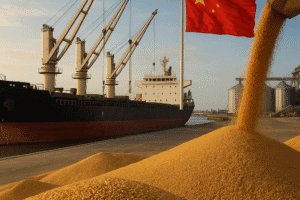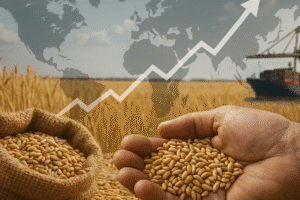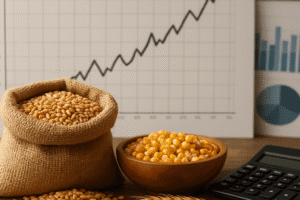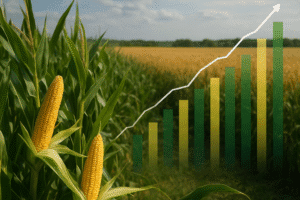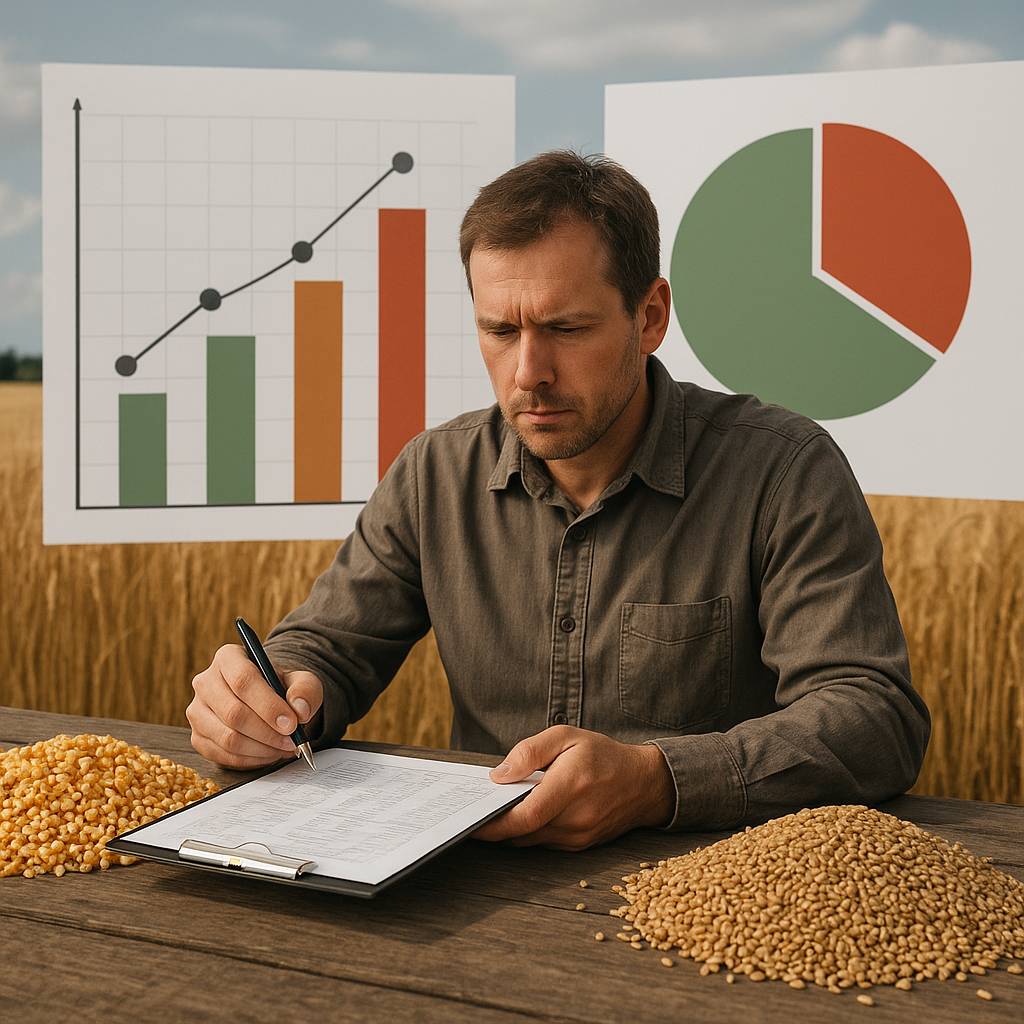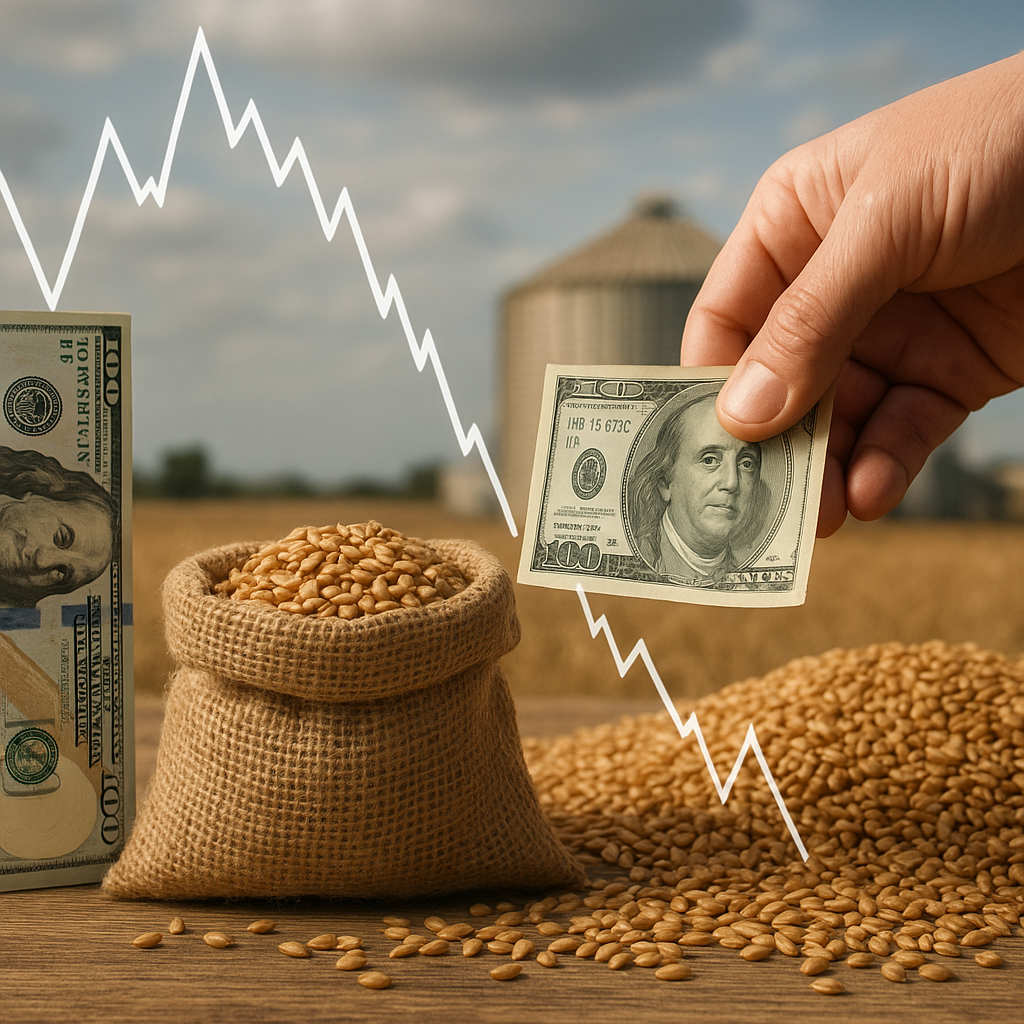Grain price volatility is a significant concern for farmers, traders, and consumers alike, impacting food security and economic stability across the globe. Understanding the causes of this volatility and exploring effective mitigation strategies is essential for stakeholders in the agricultural sector. This article delves into the various factors contributing to grain price fluctuations and outlines potential strategies to manage and reduce these risks.
Understanding Grain Price Volatility
Grain prices are influenced by a multitude of factors, ranging from environmental conditions to market dynamics. The volatility in grain prices can be attributed to both supply-side and demand-side factors, which interact in complex ways. This section will explore the primary causes of grain price volatility.
Supply-Side Factors
Supply-side factors refer to elements that affect the production and availability of grains. These include:
- Weather Conditions: Weather plays a crucial role in agricultural production. Droughts, floods, and other extreme weather events can drastically reduce crop yields, leading to supply shortages and increased prices.
- Pest and Disease Outbreaks: The emergence of pests and diseases can devastate grain crops, further constraining supply and driving prices up.
- Technological Advances: Innovations in farming techniques and biotechnology can enhance productivity. However, the adoption of new technologies can also lead to temporary disruptions in supply as farmers transition to new methods.
- Input Costs: The prices of fertilizers, seeds, and fuel can significantly impact production costs. When input costs rise, farmers may reduce the area planted or the quantity of inputs used, leading to lower yields and higher prices.
Demand-Side Factors
On the demand side, several factors can influence grain prices:
- Population Growth: As the global population continues to grow, the demand for food, including grains, increases. This rising demand can put upward pressure on prices.
- Changing Dietary Preferences: Shifts in consumer preferences, such as increased meat consumption, can lead to higher demand for feed grains, affecting overall grain prices.
- Biofuel Production: The growing demand for biofuels has led to increased competition for grain, particularly corn, which is used extensively in biofuel production. This competition can drive up prices for food grains.
- Global Trade Dynamics: Changes in trade policies, tariffs, and international relations can impact grain exports and imports, leading to price fluctuations in domestic markets.
Mitigation Strategies for Grain Price Volatility
Given the inherent volatility in grain prices, it is crucial for stakeholders to adopt strategies that can help mitigate risks. This section outlines several approaches that can be employed to manage grain price volatility effectively.
Risk Management Tools
Farmers and traders can utilize various risk management tools to protect themselves against price fluctuations:
- Futures Contracts: Futures contracts allow farmers to lock in prices for their grain before harvest, providing a hedge against potential price declines.
- Options Contracts: Options provide the right, but not the obligation, to buy or sell grain at a predetermined price, offering flexibility in managing price risks.
- Insurance Products: Crop insurance can protect farmers against losses due to adverse weather conditions or pest outbreaks, helping to stabilize income and reduce the impact of price volatility.
Diversification Strategies
Diversification is another effective strategy for mitigating risks associated with grain price volatility:
- Crop Diversification: By planting a variety of crops, farmers can reduce their reliance on a single grain and spread the risk associated with price fluctuations.
- Geographic Diversification: Farmers can also consider operating in different regions to mitigate the impact of localized weather events or market conditions.
- Value-Added Products: Investing in value-added processing can help farmers capture more value from their crops and reduce their exposure to raw commodity price fluctuations.
Market Information and Analysis
Access to timely and accurate market information is essential for making informed decisions:
- Market Research: Conducting thorough market research can help stakeholders understand trends and anticipate price movements, allowing for better planning and decision-making.
- Data Analytics: Utilizing data analytics tools can provide insights into market dynamics, helping farmers and traders to make more informed choices regarding planting, selling, and pricing.
- Collaboration and Networking: Building networks with other farmers, traders, and industry experts can facilitate the sharing of information and best practices, enhancing overall market knowledge.
Conclusion
Grain price volatility poses significant challenges for the agricultural sector, affecting everyone from farmers to consumers. By understanding the underlying causes of this volatility and implementing effective mitigation strategies, stakeholders can better navigate the complexities of the grain market. Through risk management tools, diversification strategies, and access to market information, it is possible to reduce the impact of price fluctuations and promote a more stable agricultural economy. As the global demand for grains continues to grow, proactive measures will be essential in ensuring food security and economic resilience in the face of ongoing volatility.
